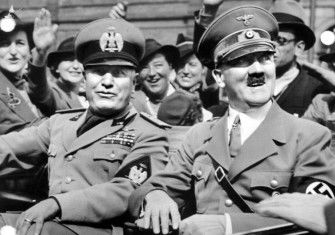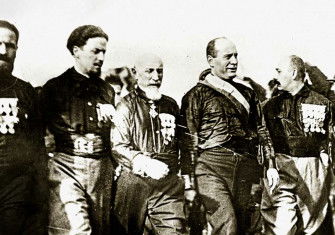Benito Mussolini’s Theatre of Fascism
To what extent did Italian fascism represent Mussolini’s triumph of style over substance?

The murder of Benito Mussolini on 28 April 1945 marked the end of Italian Fascism’s 26-year regime. Il Duce had been elevated to heights of popularity unparalleled since the days the Risorgimento and Giuseppe Garibaldi, yet the dictator’s fate in the small village of Giulino di Mezzegra represented an ignominious demise for the Italian ‘Sun God’.
The success of the Fascist movement can be attributed to its fundamental ability to evolve in response to Italian popular opinion. Mussolini was adaptable in his continuation of the long-held practice of transformismo politics. However, he differed from his Liberal predecessors in his political focus. Italian politics was no longer solely restricted to the conservative elite and landed agrari, for the Fascist regime sought to consolidate its position through propaganda aimed at a mass audience. Hence Italian Fascism represented a series of facades, masking the political, economic, social, and military inadequacies that marked the dictatorship from its inception in 1919 and ultimately secured its end.







